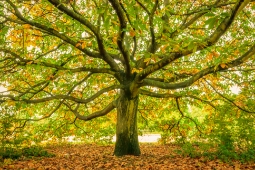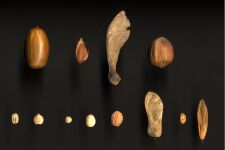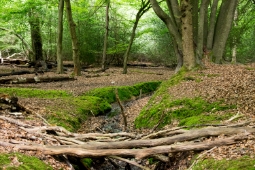Cider gum (EGU)
Cider gum was introduced into Britain over 150 years ago and is now a common ornamental often dominating small gardens in urban areas. It has been widely trialled and a number of forest plots survive in lowland and coastal areas of Britain. Probably the safest eucalypt species to plant in Britain at the present time and the potential range is likely to expand with climate warming.
One of the hardiest eucalypts along with the snow gums (E. pauciflora spp.) but has been little planted despite demonstrating potential for high productivity. Like all eucalypts there is no resting bud so cold tolerance relies on hardening-off in the autumn and this leaves them vulnerable to unseasonal frosts and occasional severe winters.
Cider gum is categorised as a secondary tree species. These are species that have demonstrated positive silvicultural characteristics in trial plots but gaps in knowledge constrain wider use. The species are being actively evaluated to increase understanding and inform future deployment.
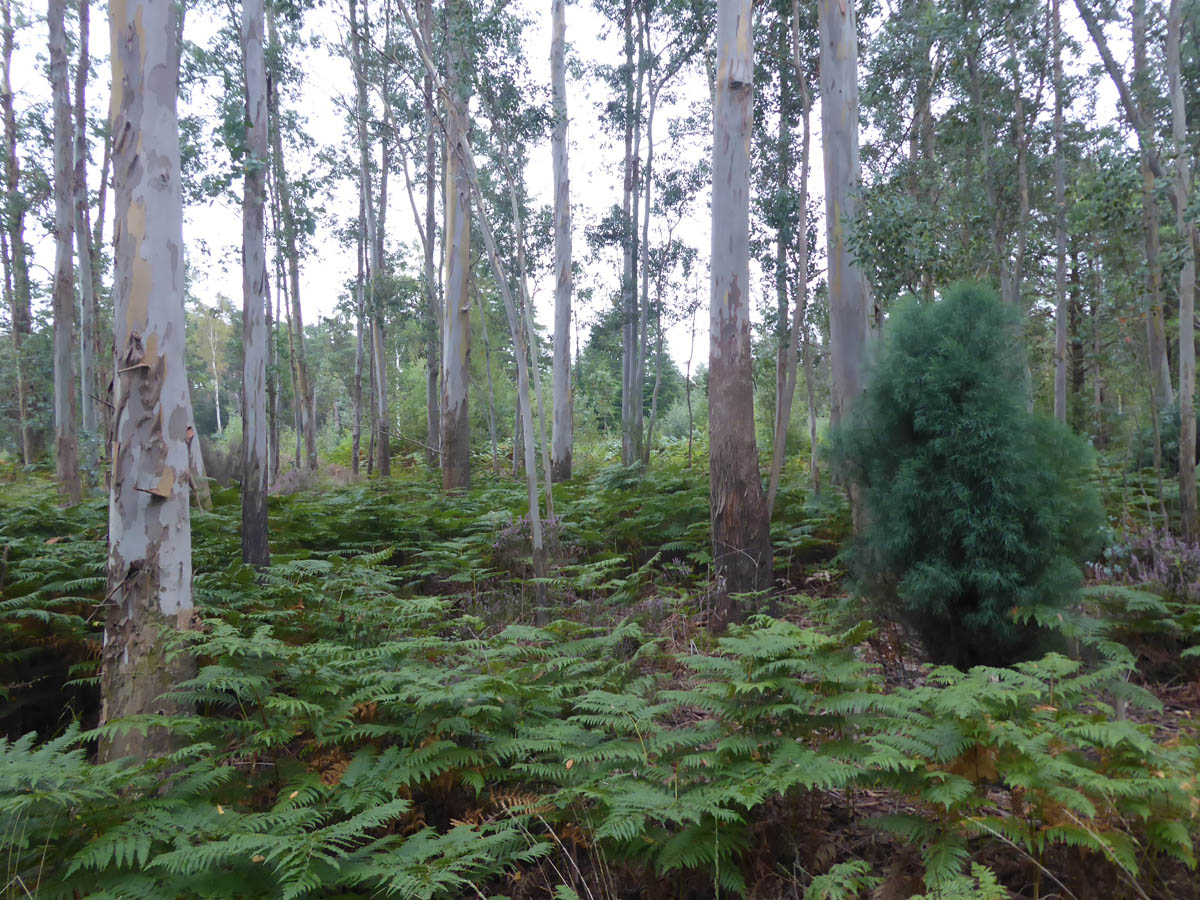
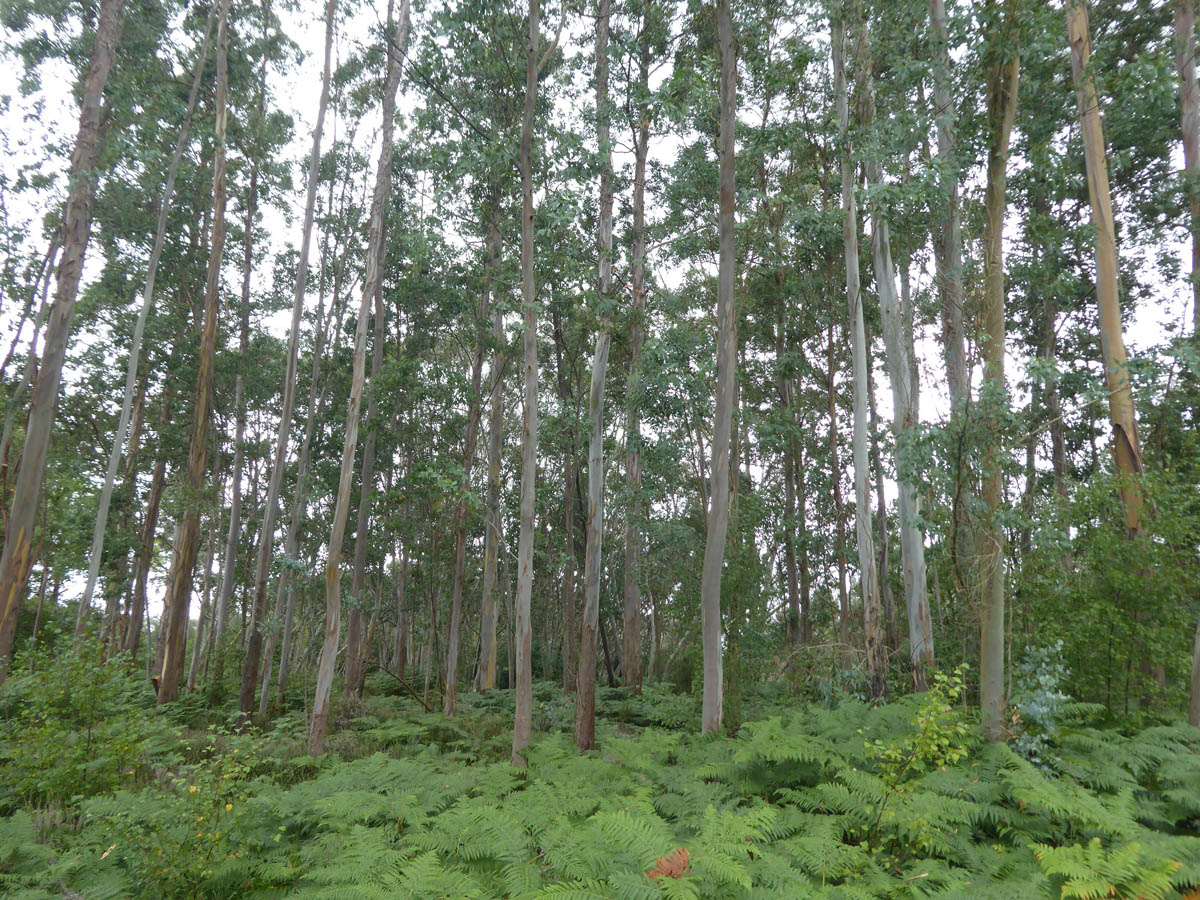
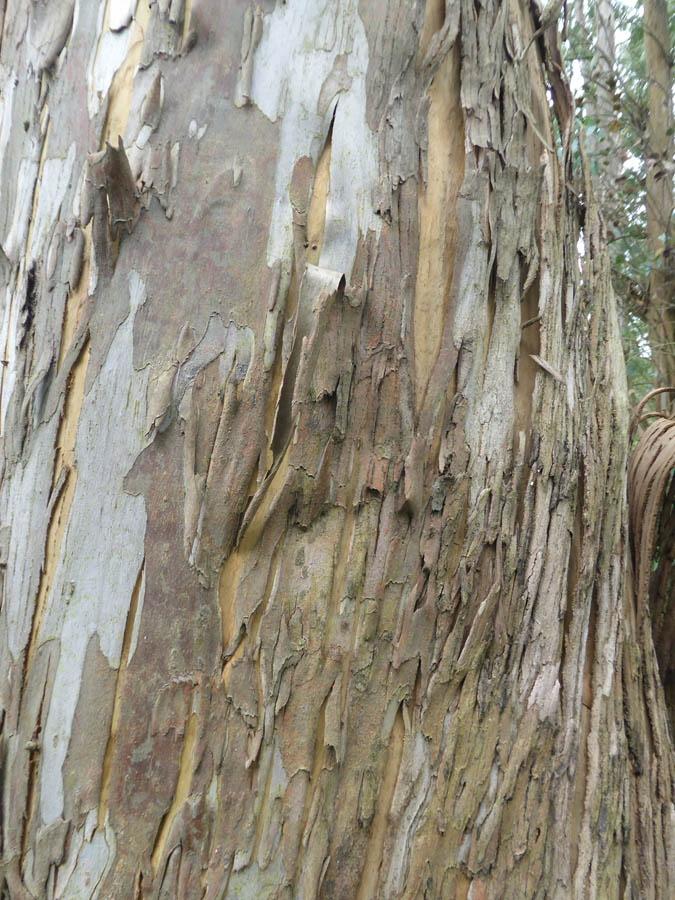
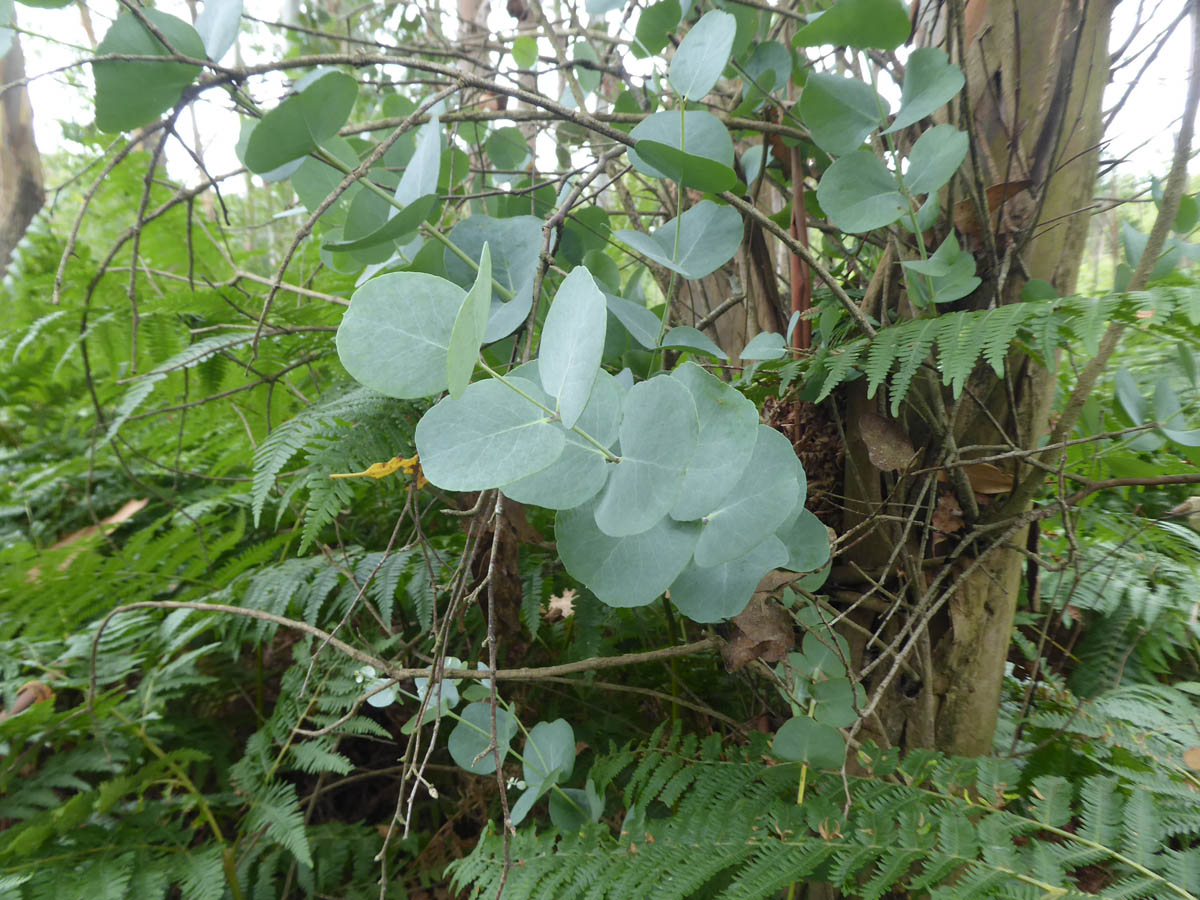
Range
An Australian species occurring only in central Tasmania at elevations between 600 and 1100 m.
Provenance Choice
Provenance trials have suggested that some material will withstand winter cold down to -18 °C. Seed should be selected from high elevation areas around Miena, Tasmania to obtain maximum cold hardiness.
Key Properties
Site Requirements
Best results likely to be in the lowlands in eastern Britain and milder areas in the west close to the coast. Do not plant in frost hollows; does not tolerate wind exposure when young because fast early growth can be vulnerable to damage. On clay soils trees can rock and socket leading to instability and/or poor stem form. Best growth is found on soils of medium nutrient regime and of moderately dry to fresh soil moisture. Not suited to very poor soils, wet sites or peats but shows some tolerance of alkaline soils.
Further detail on the site requirements of cider gum in current and future climates can be examined using the Forest Research Ecological Site Classification Decision Support System (ESC).
ECOLOGICAL SITE CLASSIFICATION TOOL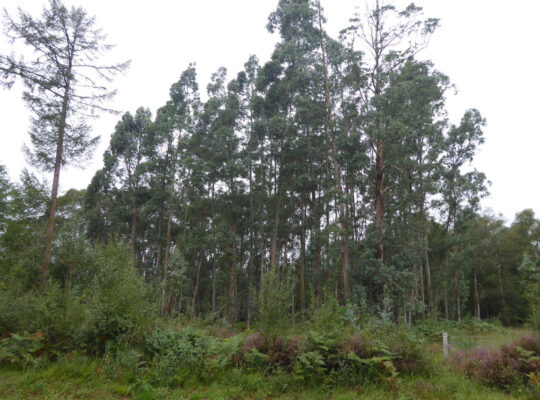
Silviculture
Cider gum is a strong light demander and should not be planted in shade. For planting use cell-grown planting stock; good weed control is essential for rapid establishment. Cider gum can grow very quickly and will benefit from soil cultivation to improve root growth and increase stability.
Cider gum has mainly been used in biomass production in short rotation forestry and coppice systems; yield classes of 10-15 on a 12-year rotation have been recorded. Appropriate site selection could well boost this productivity. When grown as biomass, take care with coppicing as new shoots are frost tender and stumps susceptible to decay. Juvenile foliage, when leaves are round and glaucous, is attractive and sought after for floristry.
Pests and Pathogens
Can be susceptible to Phytophthora root rot and may also be affected by silver leaf (Chondrostereum purpureum) which can be a progressive and often fatal disease.
The species is highly palatable to deer and other browsing mammals.
See our other tools and resources
Further Resources
Internal
In addition to the general sources of information for species the following are useful for cider gum.
Brooker, M.I.H. and Evans, J. (1983) A key to Eucalypts in Britain and Ireland: with notes on growing eucalypts in Britain. Forestry Commission Booklet 50. HMSO, London.
External
In addition to the general sources of information for species the following are useful for cider gum.
Evans, J (1986) A re-assessment of cold-hardy eucalypts in Britain. Forestry 53: 224-242.
Leslie, A. (2013) Eucalypts in the Republic of Ireland. Quarterly Journal of Forestry 107(1): 62-64
Leslie, A.D., Mencuccini, M. & Perks, M.P. (2011). The potential for Eucalyptus as a wood fuel in the UK. Applied Energy, 89: 176-182.
Purse, J and Leslie, A (2016) Eucalyptus – Part 1 Species with forestry potential in the British Isles. Quarterly Journal of Forestry 110 (2): 88-97
Purse, J and Leslie, A (2016 Eucalyptus – Part 2 Findings from trial plantings and silvicultural requirements in the British Isles. Quarterly Journal of Forestry 110 (3): 161-168.

